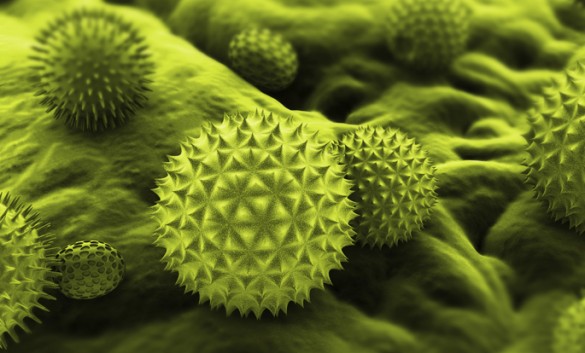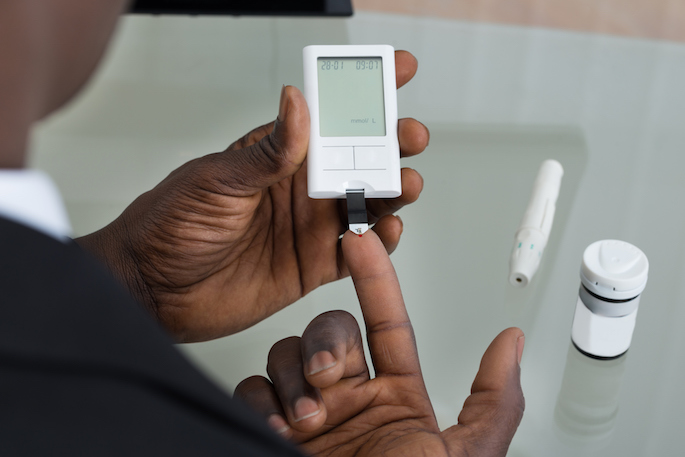
High pollen counts could trigger angioedema, a rare adverse reaction of ACE inhibitors, Vanderbilt University researchers have found.
The findings, published online June 24 in The Journal of Allergy and Clinical Immunology: In Practice, suggest that environmental triggers might explain the seemingly sporadic presentation of this rare adverse drug reaction.
Angiotension converting enzyme (ACE) inhibitors are commonly used to treat high blood pressure. Angioedema is a serious adverse event that in severe cases can compromise breathing and commonly is characterized by the swelling of the lips, tongue, pharynx and face.
“What we were finding was that people (with angioedema) were coming in during allergy season and that had not been reported. This could give us some clues as to the mechanism of what’s going on,” said senior author Nancy Brown, M.D., chair of the Department of Medicine.

Studying a patient group at Vanderbilt, the researchers demonstrated that patients on ACE inhibitors presented with angioedema more often during months with high pollen counts.
They replicated their findings in two additional groups of patients enrolled in the Marshfield Clinic Personalized Research Project in Wisconsin, and in a world-wide study, the Ongoing Telmisartan Alone and in Combination with Ramipril Global Endpoint Trial (ONTARGET).
Brown, who also is the Hugh J. Morgan Professor of Medicine and professor of Pharmacology, is internationally known for her studies of angioedema.
This rare event occurs in less than 1 in 1,000 patients taking ACE inhibitors, but is seen with higher frequency in African Americans, women, smokers, immunosuppressed patients and in people with seasonal allergies.
Although many people who take ACE inhibitors also have seasonal allergies, the rates of angioedema “are low enough that if someone needs an ACE inhibitor for a clinical indication and there’s not another drug, then I would give it,” Brown said.
On a molecular level, angioedema involves the accumulation of vasoactive peptides bradykinin and substance P. They increase blood vessel permeability and fluid leakage, thus causing swelling in surrounding tissues.
Overproduction of bradykinin has been linked to inherited forms of angioedema. ACE inhibitors also can contribute to angioedema by decreasing the breakdown of these peptides.
Yet unlike an allergic hypersensitivity reaction, which often occurs immediately upon exposure to an allergen, ACE inhibitor-associated angioedema can present long after a patient begins taking the drug.
Furthermore, angioedema “can spontaneously remit without someone stopping the drug,” Brown said. “That’s part of this clue that there’s something else is going on. We think that there’s something that stimulates the formation of … bradykinin and substance P.”
The findings from this study suggest that an environmental trigger like pollen might be responsible for the further accumulation of these peptides.
As a physician, it’s important to understand that angioedema may suddenly appear in a patient who has been taking an ACE inhibitor for six months or a year, Brown said. That “doesn’t mean that it’s not ACE inhibitor-associated angioedema.”
The first author of the study, Brittany Straka, M.D., is now a resident physician in Anesthesiology at Ohio State University.
This work was supported by National Institutes of Health grants RR025011, RR024975, GM007569, and HL079184.
— by Courtney M. Campbell















